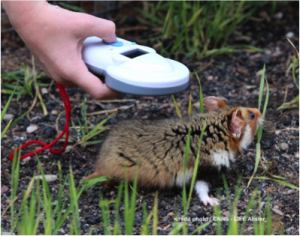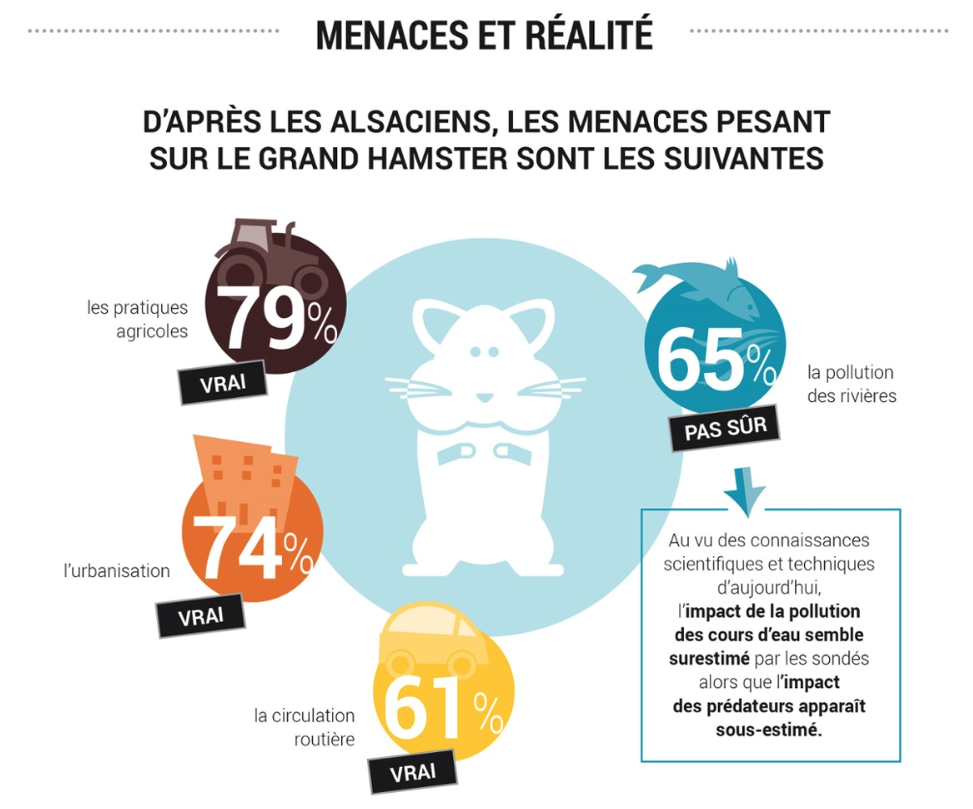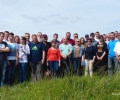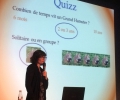Assessment to formalise feedback
26 décembre 2016ACTeon, a LIFE Alister Project partner, is an auditing consultancy specialised in environmental themes, whose head office is in Colmar. With GEPMA*, this partner oversees Action D5 “Assessment of the social, economic and environment impacts of concrete actions tested in the ALISTER project.”
What does this assessment action consist of?

Broadly speaking, this assessment brings a neutral overview on the actions led each year by other LIFE Alister Project partners. As ACTeon was not a part of this project’s deployment, it can provide an outside viewon this project’s progress. This assessment specifically means highlighting all the elements having an impact on whether or not an action took place as expected. These actions are assessed using three different angles: economic, social and environmental.
What are the stages?
Each year, a report of approximately thirty pages is written on what took place during that time. This report is produced using monitoring indicators prepared by each partner, as well as a meeting with each project leader. These indicators are thus economic ones (ex: budget spent to set up a wildlife crossing to assess the possibility of installing a much larger one), social ones (ex. what a mission leader thinks about factors impacting the success or blocking of his or her action) and environmental ones (ex. monitoring larks on agricultural parcels that were improved for hamsters, by the LPO** and the GEPMA).
The most important work will take place at the end of the project as it will be globally assessed: the cabinet will then question persons outside of the project, but who are either impacted by it or in relationship with it, such as scientists, farmers, members of the local government, etc. This is to gather what they feel about the actions rolled out.
ACTeon will also lead the second large survey about what Alsatians think about the European Hamster: a comparison with results of the first survey (done at the beginning of the project) and the one done at the end of the project will nourish the project’s “social assessment.”
What will the final assessment be used for?
The final assessment will provide a global overview of what the project accomplished. For actions that worked well, as well as those that didn’t work so well, the cabinet will give recommendations to continue this approach of efficiently protecting European Hamsters in Alsace. These recommendations will target all Alsatian stakeholders, but also other European countries who are striving to protect the European Hamster.
For more information, click here

*GEPMA: Protection of Mammals in Alsace Study Group
**LPO: Bird Protection League



